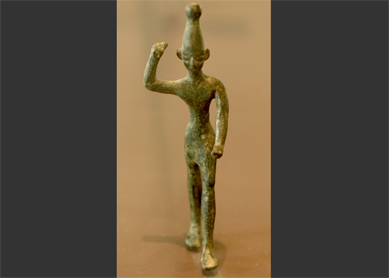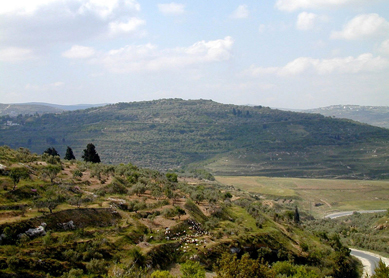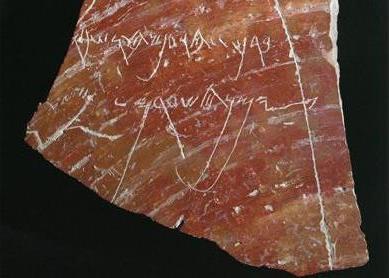The Samaria Ostraca are rare examples of writing from ancient Israel (as opposed to Judah). They bear witness to northern Hebrew and to royal scribal practices under the Israelite monarchy.
The texts were discovered inside the acropolis of the Israelite capital city at Samaria and were written roughly a generation prior to the city’s destruction by the Assyrians in 722 B.C.E. Ostracon (plural, ostraca) refers to a potsherd with writing on it, and the word is from the same Greek root as ostracize. The type of writing on these particular ostraca is administrative; the texts consist entirely of lists of shipments of wine and olive oil to Samaria from outlying villages. The meaning of the ostraca, however, has proven to be controversial. Some scholars interpret the texts as records of tax or tribute sent from local villages to the capital. Others see the ostraca as records of provisions sent to royal officials, possibly reflecting a land-grant system. In other words, certain officials were allowed to dine at the king’s table but were required to provide food for the feast (see
The Samaria Ostraca are divided into two groups based on their dates. The Type I ostraca are dated to either the ninth or 10th year and list specialized products: aged wine and washed oil. The Type II ostraca are dated to year 15 and list only wine. The year numbers refer to the reign of a king, although the king’s name is never mentioned. The two dating systems reflect either a change in administrative practices (between year 10 and year 15) or the record keeping of two different kings.
The archaeology of Samaria, along with the internal data of the texts, indicates that the ostraca should be dated to the first half of the eighth century B.C.E., corresponding to the later history of Jehu’s dynasty. If they belong to a single king, biblical and historical considerations point to Jeroboam II. If they belong to two kings, including the possibility of a coregency, the best candidates are Jehoash and Jeroboam II (his son).
Although they are verbless lists, the ostraca display features of the language and system of writing local to the northern kingdom. The script of the ostraca (its paleography) conforms to the style of Paleo-Hebrew known from Israel during the late ninth and eighth centuries. The language of the ostraca contains several features that distinguish it from biblical Hebrew and from epigraphic sources found in Judah, including evidence of different pronunciation (contraction of vowels, known as diphthongs) and different spelling for the word year. Personal names in the Samaria Ostraca include a mix of names formed around different divine names (including Baal), but unlike texts from Judah that use -ywh and -yh for Yahweh in personal names, the Samaria Ostraca use the spelling –yw.
The ostraca are particularly important for studying the historical geography of ancient Israel. In the Type I ostraca, the sources of the shipments are villages from an approximately 13 km radius surrounding Samaria. Because the Hebrew Bible only mentions cities on the boundaries of the northern tribes of Ephraim and Manasseh, the Samaria Ostraca help us fill in place names within the territory of these tribes.
Bibliography
- Dobbs-Allsopp, F. W., et al. Hebrew Inscriptions: Texts from the Biblical Period of the Monarchy with Concordance. New Haven: Yale University Press, 2004.
- Aharoni, Y. The Land of the Bible: A Historical Geography. Edited and translated by A. F. Rainey. Philadelphia: Westminster, 1979.
- Suriano, M. J. “A Fresh Reading for ‘Aged Wine’ in the Samaria Ostraca.” Palestine Exploration Quarterly 139, no. 1 (2007): 27–33.




